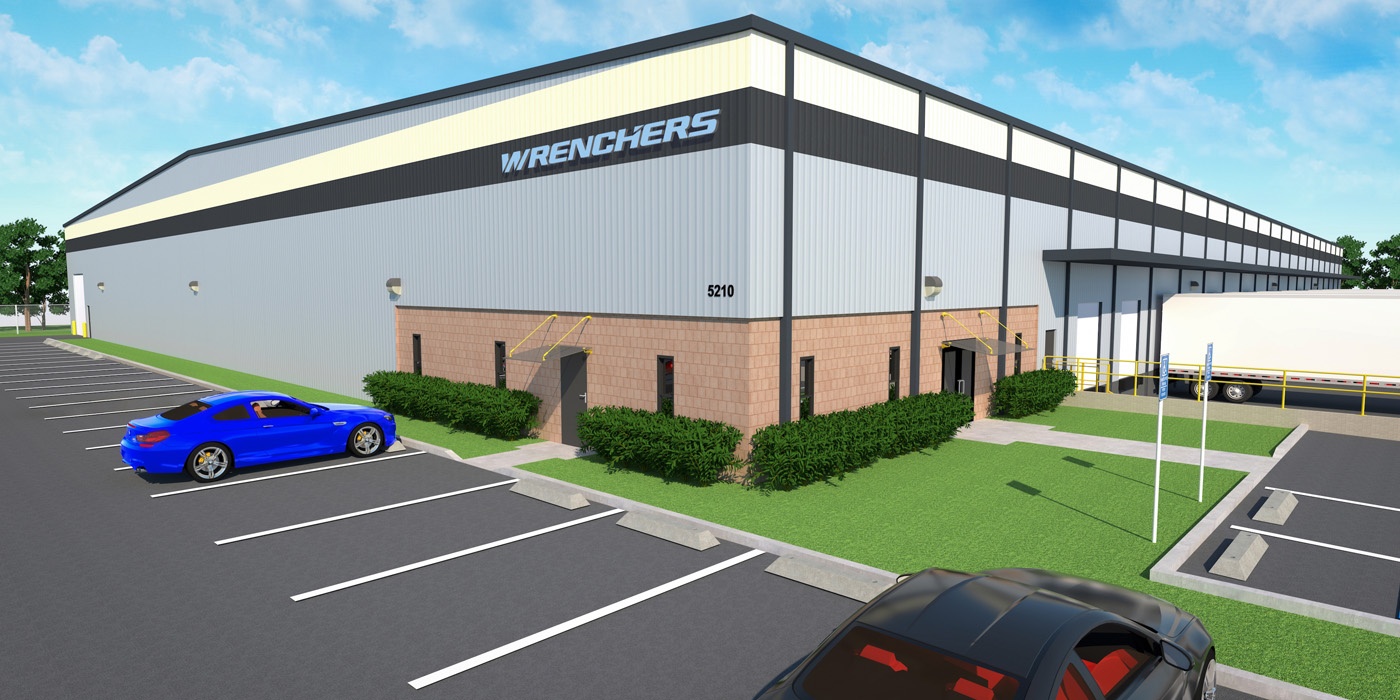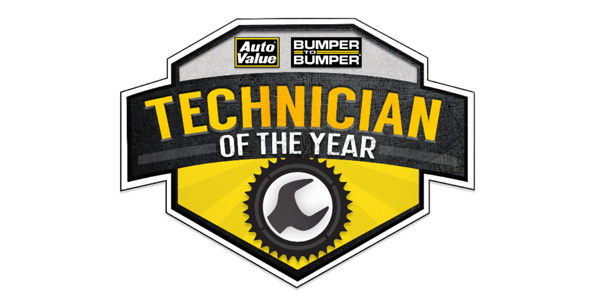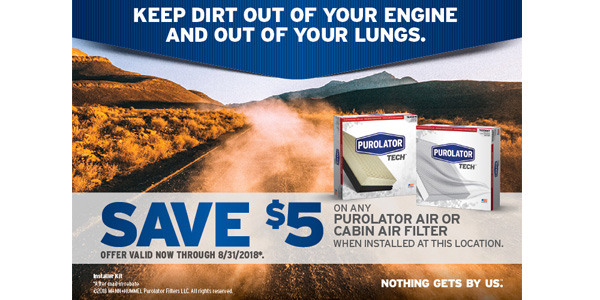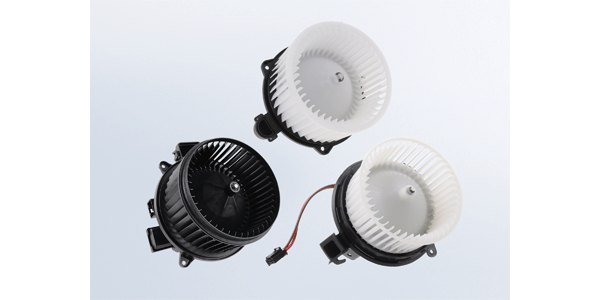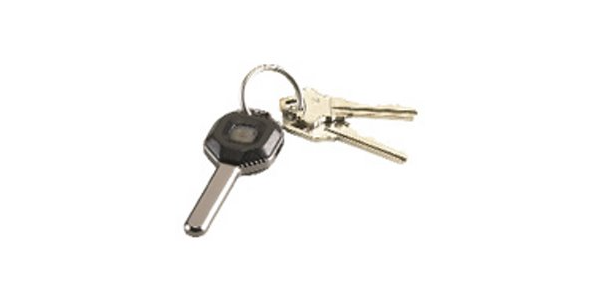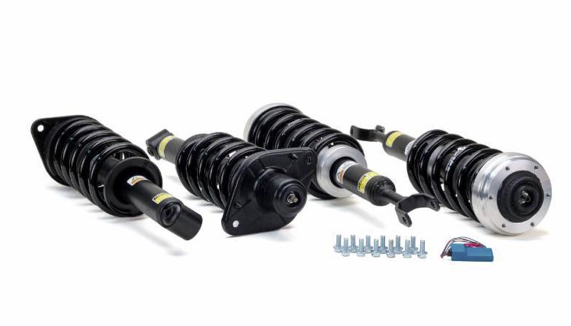This story was part of Counterman’s annual Technical Sales Seminars, which was published in the April 2009 issue.
Most vehicles today have at least four heat exchangers: a radiator for keeping the engine cool, a heater core for supplying heat to the passenger compartment, an air conditioning condenser mounted in front of the radiator to cool the refrigerant, and an evaporator core inside the vehicle to cool the incoming air. Some minivans and SUVs also have a secondary heater core and evaporator for the rear seat passengers, bringing the total to six.
HOT TO COLD
A heat exchanger works on the theory that heat always dissipates from an area of highest temperature to the area of lowest temperature. Cold is the absence of heat just like darkness is the absence of light.
In the case of a radiator filled with hot coolant, air passing through the fins in the radiator is cooler so it absorbs heat. This lowers the temperature of the coolant and prevents the engine from overheating. The same thing happens to air passing through the heater core. The air absorbs heat from the hot coolant to provide warmth for the passenger compartment.
The A/C condenser cools the refrigerant after it leaves the compressor. When the hot high-pressure vapor enters the condenser, air flowing through the condenser absorbs the heat. The condenser cools the vapor and allows it to condense into a liquid. The liquid refrigerant (which is still under high pressure) then flows to the evaporator inside the HVAC unit. When it enters the evaporator through the orifice valve or expansion valve, the change in pressure causes it to expand and absorb heat. This has a chilling effect on the air passing through the evaporator to create cold air.
Heat exchangers usually require no maintenance other than cleaning dead bugs and debris out of the A/C condenser and radiator. Of course, the antifreeze/water mixture in the cooling system has to be maintained to prevent internal corrosion. The A/C condenser and evaporator should not require any attention unless the refrigerant has become contaminated or the compressor has failed. In either case, it may be necessary to flush out these components to remove the contaminants.
This requires special equipment and approved flushing chemicals. In many cases, though, a dirty condenser or evaporator core has to be replaced because their design prevents them from being completely flushed (multiple tubes or extremely small passageways). Only serpentine-style A/C heat exchangers with large tubes can be flushed.
Radiators and heater cores can also be flushed out if the coolant is contaminated. This can be done by adding a bottle of cleaner to the cooling system, then draining and reverse flushing (flushing the radiator and heater core in the opposite direction that the coolant normally flows). But if the radiator or heater core is clogged with gunk, or is corroding from the inside out, replacement will be necessary.
LOW COST TO REPLACE
The cost to replace a radiator or heater core these days is not much more than the cost to clean, inspect and repair or recore a used radiator. In addition, a new radiator or heater core usually comes with a better warranty than a repaired unit.
Leaks in a radiator or heater core are usually the result of internal corrosion (worn out coolant), but can also occur if hairline fatigue cracks develop in the seams from excessive road vibration. Radiators are also vulnerable to hazards such as debris and stones kicked up by other vehicles, and to frontal collision damage. The same goes for the A/C condenser, which is first in line for anything that comes through the grille.
Cooling system sealer products can temporarily plug a leaky radiator or heater core, and buy the vehicle owner some time. But sooner or later, the leaky unit will have to be replaced.
A leaky condenser or evaporator can also be fixed temporarily by adding A/C sealer to the A/C system. If the leak is only a pinhole, sealer can often save the cost of having to replace the whole unit. But when there’s one pinhole, there are usually multiple pinholes because corrosion is eating away at the inside of the unit. Some cars are notorious for repeat evaporator core and heater core failures. The problem is usually caused by electrolysis, so some aftermarket replacement evaporators and heater cores are made of copper/brass rather than aluminum to reduce the reactivity of the metal.
To fit properly, a replacement radiator usually has to be the same width and height as the original, and have hose fitting in more or less the same location as the original. The new radiator also has to have the same or better cooling capacity as the original.
If a vehicle is used for towing, or the engine has been modified to produce more horsepower, upgrading to a larger or more efficient radiator (one that has a thicker core and/or more fins per square inch) can improve engine cooling. For high performance cars, a fin count of 12 to 16 fins per inch is usually best.

